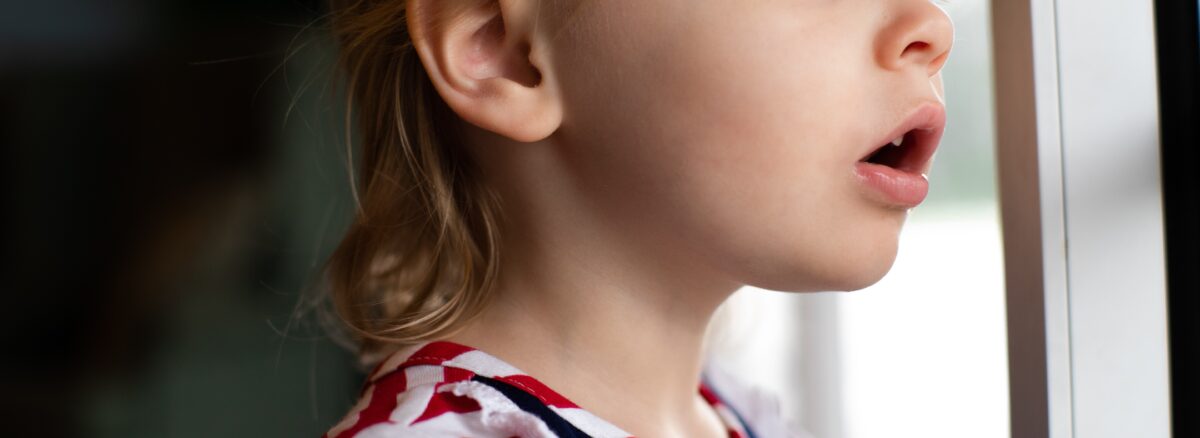Pink eye in kids is very contagious, especially for infants and toddlers. Don’t ignore it as early treatment will lead to less pain and improved healing.
What is Pink Eye?
Pink eye, or conjunctivitis, is inflammation of the conjunctiva, the tissue that line the inside of the eyelid and cover the white part of the eye. It’s called pink eye because the conjunctivas become reddened and swollen, giving the eye a pink or red appearance.
Viral, bacterial, and allergic are the three main types of pink eye. Viral and bacterial pink eye are the most contagious, while allergic pink eye isn’t infectious. A virus causes viral pink eye, typically the same viruses that causes the common cold. Bacterial pink eye is from bacteria. Things like pollen, dust, or pet dander trigger allergic pink eye. It’s important to note that allergic pink eye can still cause redness, itching, and watering eyes, so it’s important to distinguish between allergic and contagious pink eye.
Symptoms of pink eye in kids include:
- Pink or red color in the whites of the eyes
- Swollen, puffy, or droopy eyelids
- Intense itching or burning sensation
- Tears and watery eyes
- Discharge of pus or mucus
- Crusting of the eyelids (from the discharge), typically in the mornings.
How to Tell if it’s Pink Eye
It can look a little different depending on their age. For example, with pink eye in babies, you might notice a discharge coming from their eye, making it look sticky or crusty. You might also see swelling and redness around the eye. Toddlers and older children might have a similar discharge, but they might also complain of itching or burning in the eye. They might also be more sensitive to light than usual.
If you’re unsure whether your child has pink eye or just regular eye irritation, there are a few other symptoms to look out for. Your child’s eye might feel gritty or sandy like there’s something in it. They might also have a sensation of tears or watering from the affected eye. Additionally, your child’s eye might be swollen, making it difficult to fully open or close.
How to Treat Pink Eye in Kids?
Viral pink eye usually doesn’t require any treatment; it can go away on its own.
Bacterial cases will improve with antibiotics.
For allergic conjunctivitis, anti-allergy drops can help.
If the symptoms are particularly bothersome, use a warm compress to help relieve the discomfort. This can help reduce swelling and itching.
How Contagious is Pink Eye in Kids?
Pink eye in kids can be highly contagious. Viral pink eye is spread through sneezing, coughing, or touching a contaminated surface and then touching the eye. Bacterial pink eye is spread through contact with discharge from the infected eye, such as by touching or wiping the eye or by touching a contaminated object and then touching the eye.
If you or someone in your household has pink eye and does not feel well enough to participate in regular activities, staying home from work or school might be a good idea.
Gemini Urgent Care
Gemini Urgent Care is the perfect choice to treat you and your children’s pink eye. With our extended hours and availability seven days a week, y ou can get in and out quickly.

